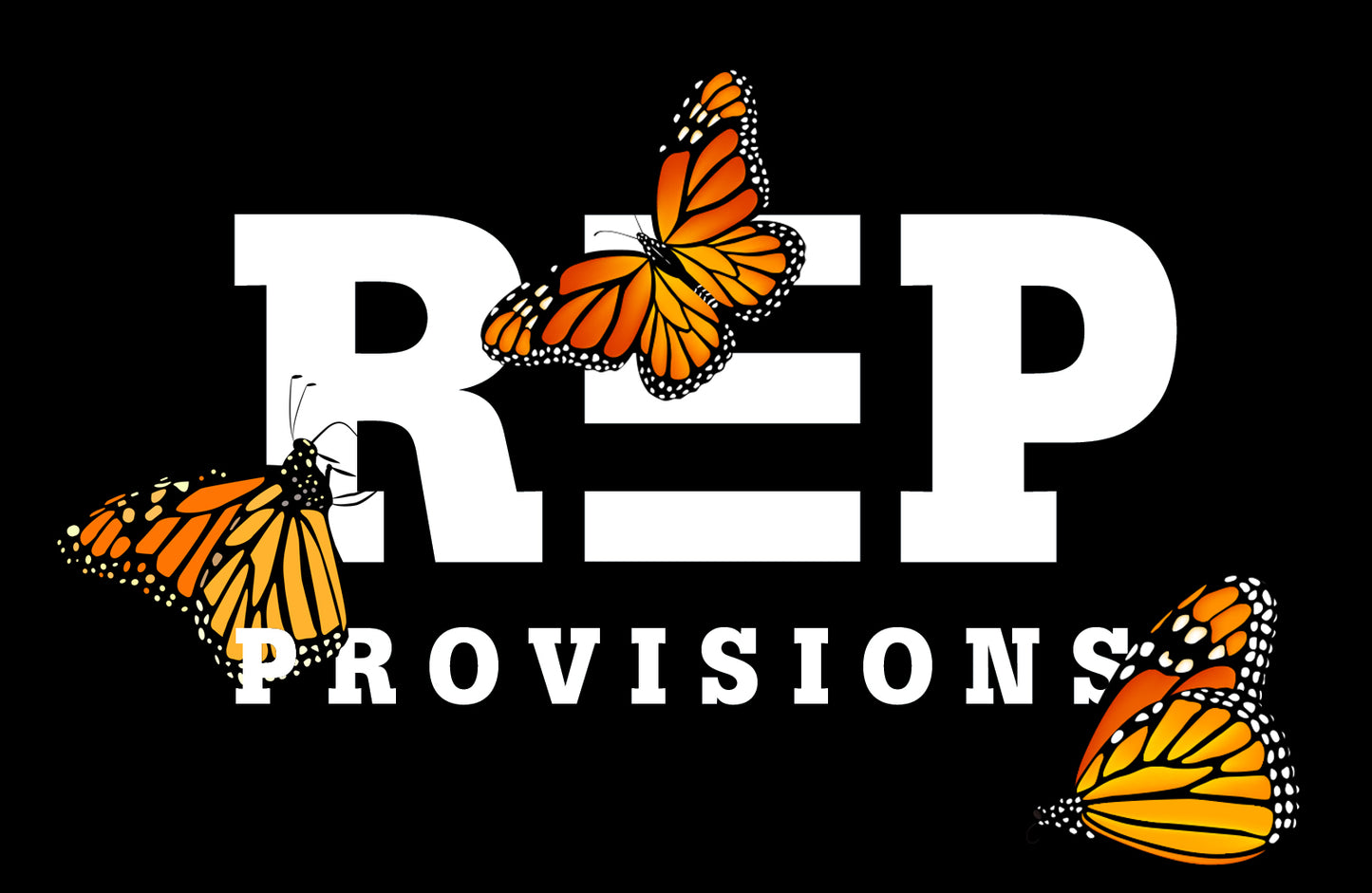
What is Regenerative Agriculture?
We get this question almost daily as consumers are increasingly more interested in understanding the environmental impact their food and purchasing decisions have on the planet.
The science and methods of regenerative agriculture can be very complex but the basis is that nature had it right the first time. Nature created resilient ecosystems that flourished through biodiversity. Instead of working with the blueprint that nature had created over millions of years, humans decided to carve out plots of land and operate them independently as monocultures. Most of the food you can purchase today is grown in this way and requires chemical inputs (fertilizers, pesticides, herbicides, etc) that replaced the clean natural inputs that a biodynamic environment used to perform these tasks. So, in short we as humans wrecked a fully-functioning food system and swapped nature's processes for synthetic ones.
So, back to the question. What is Regenerative Agriculture?
Regenerative Agriculture is a system of farming practices that mimic nature. By returning the land to it's natural state - biodiversity increases, soils are enriched, watersheds are improved, and ecosystem services are enhanced. Regenerative Agriculture aims to capture carbon in soil and aboveground biomass, reversing current global trends of atmospheric accumulation. At the same time, it offers increased yields, resilience to climate instability, and higher health and vitality for farming and ranching communities. The system draws from decades of scientific and applied research by the global communities of organic farming, agroecology, Holistic Management, and agroforestry.
REP Provisions partners with the Savory Institute to guide and verify that our regenerative efforts are in fact regenerating the lands that we steward. They put out a very short video helping to explain regenerative agriculture and it's affects to those of us that aren't involved in the regenerative space. Take a watch.
Below is a list of general principles that guide Regenerative Agriculture.
General Principles of Regenerative Agriculture:
- Increase soil fertility.
- Work with whole systems (holistically), not isolated parts, to make changes to specific parts.
- Improve whole agro-ecosystems (soil, water and biodiversity).
- Connect the farm to its larger agro-ecosystem and region.
- Make holistic decisions that express the value of farm contributors.
- Each person and farm is significant.
- Making sure all stakeholders have equitable and reciprocal relationships.
- Being paid or paying others can be with financial, spiritual, social or environmental capital ("multi-capital"). Relationships can be "non-linear" (not reciprocal): if you do not get paid, in the future you can be given other "capital" by unrelated parties.
- Continually grow and evolve individuals, farms and communities.
- Continuously evolve the agro-ecology.
- Agriculture influences the world.





